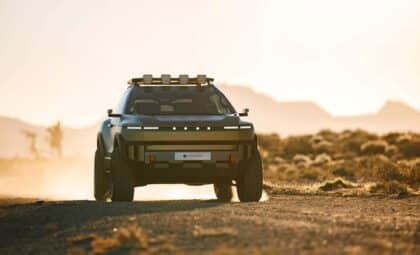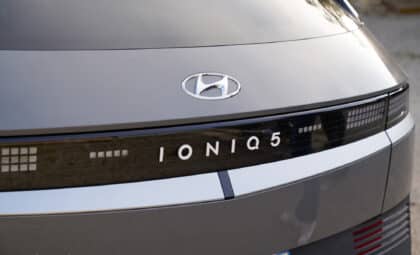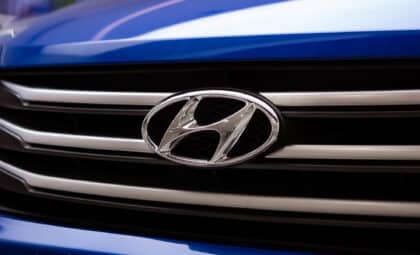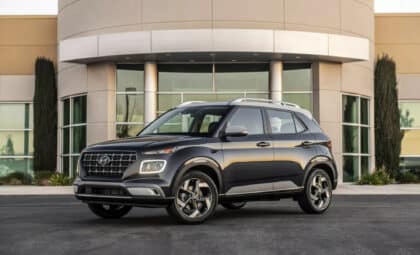In many car crashes, the primary impact is followed by secondary collisions — but today’s airbag systems aren’t equipped to deploy and protect vehicle occupants in those instances.
A new technology from Hyundai Motor Group could change that. The automaker has developed what it says is the world’s first multi-collision airbag system.
Here’s how it works: After airbags have deployed in the first collision — or even if they don’t deploy — Hyundai’s technology detects where occupants are in the cabin and what positions they are in. It can then recalibrate and deploy airbags for the next collision with the appropriate force and positioning.
Sleek and Versatile: Take a closer look at the 2019 Hyundai Santa Fe
This can help to prevent and mitigate injuries from secondary impacts — many of which take place in situations where the car’s occupants are especially vulnerable to further harm.
Hyundai points out that, according to NHTSA statistics, 30 percent of 56,000 vehicle crashes from 2000 to 2012 involved multiple collisions. For example, after an initial crash with another vehicle, a car could careen off the road and slam into a tree or electrical post.
“By improving airbag performance in multi-collision scenarios, we expect to significantly improve the safety of our drivers and passengers,” said Taesoo Chi, head of Hyundai’s Chassis Technology Center. “We will continue our research on more diverse crash situations as part of our commitment to producing even safer vehicles that protect occupants and prevent injuries.”
Now that Hyundai has developed this technology, it’s working to commercialize it and install it in future Hyundai and Kia vehicles.
Unique Hatchback: Learn more about the three-door 2019 Hyundai Veloster
The News Wheel is a digital auto magazine providing readers with a fresh perspective on the latest car news. We’re located in the heart of America (Dayton, Ohio) and our goal is to deliver an entertaining and informative perspective on what’s trending in the automotive world. See more articles from The News Wheel.












